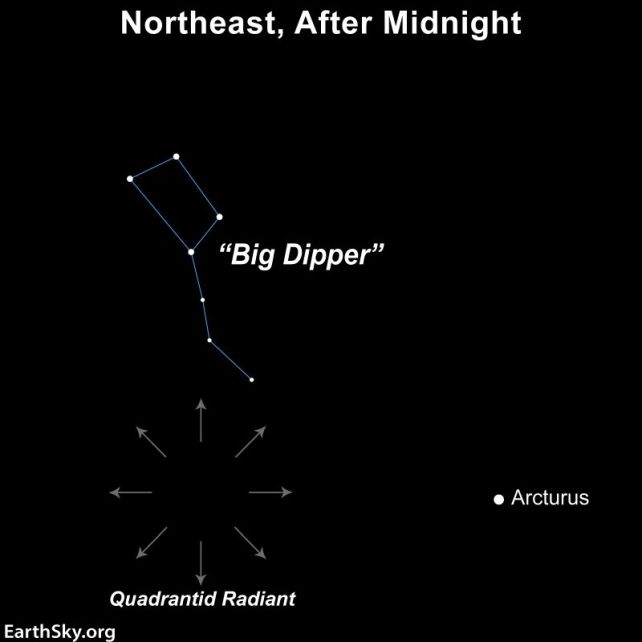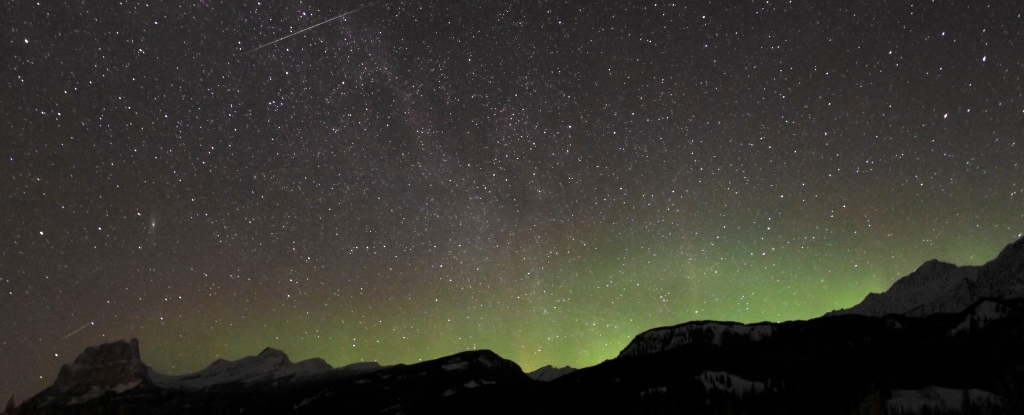Products You May Like
The first meteor shower of the year is about to peak, but you need to be ready if you want to catch it.
The Quadrantids is due to peak at 12:53 UTC on 4 January 2024, with up to 110 to 120 meteors streaking through the atmosphere per hour. It’s one of the most intense meteor showers to grace our skies per year, peaking sharply for up to just six hours before it subsides, leaving watchers who miss it to wait another 12 months for the next one.
Best viewed in the Northern Hemisphere, the Quadrantids’ radiant point – the place in the sky from which the meteors appear to originate – is just below the Big Dipper, between the constellations of Boötes and Draco.

Meteor showers are some of the most wonderful shows visible in the night sky. They occur when Earth travels through debris left behind by a chunk of rock traveling through the Solar System. Most of these chunks of rock are comets, but some meteor showers are produced by asteroids.
This is the case with the Quadrantids, whose parent is an asteroid named 2003 EH1. 2003 EH1 could also be what is known as a “rock comet”, an asteroid that exhibits comet-like properties, such as an elliptical orbit. 2003 EH1 has an elliptical orbit of 5.5 years around the Sun. Scientists think it may be an extinct comet – one that has run out of ice and is now dusty and dry.
As Earth passes through the debris left behind by this object, the sky can fill with bright streaks, tinged blue or yellow. The shower is also known for its fireballs – larger chunks of rock that burn up as they enter the atmosphere, leaving behind brighter trails than regular meteors.
You don’t need a telescope to see the Quadrantids, just some blankets and hot chocolate to stay warm, a nice dark spot away from artificial lights, and maybe some company to share the experience with.
If you want to enjoy this marvelous spectacle, check out Time and Date’s daily updated guide for the best times and locations.
